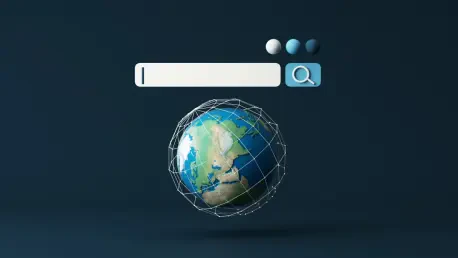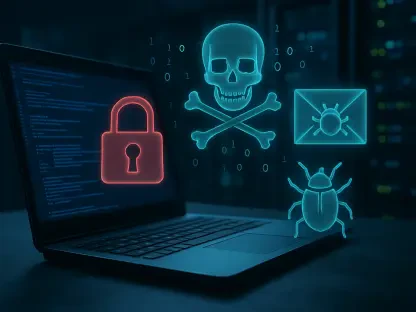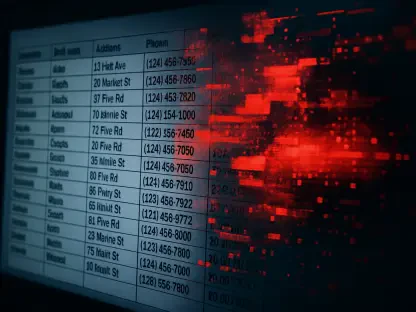In an age where digital security remains a paramount concern, a recent development in the realm of phishing attacks has raised alarms across the cybersecurity community. FileFix 2.0, a sophisticated attack vector discovered by researcher mr.d0x, exposes vulnerabilities within commonly used web browsers and challenges established security protocols. This review aims to delve into the intricacies of FileFix 2.0, examining the ways in which it cleverly bypasses traditional defenses and threatens online safety.
Unveiling FileFix 2.0
FileFix 2.0 emerges as a successor to the ClickFix method, introducing a new dimension to phishing attacks by manipulating the HTML file saving process in browsers such as Google Chrome and Microsoft Edge. The core of this threat lies in its ability to circumvent the Mark of the Web (MoTW) identifier, a vital security measure that designates files from the Internet as potentially hazardous. By skirting MoTW, malicious content flows to users without triggering typical safety alarms, leading to a seamless one-click phishing experience.
The cunning of FileFix 2.0 is underscored by its reliance on user trust in standard browser operations. Utilizing two variations of bait-and-switch tactics, this method persuades users to download files that appear legitimate but are coded to execute arbitrary commands upon opening. The absence of necessary metadata flags, which might otherwise alert users, ensures the unobstructed distribution of malware.
Investigating Social Engineering and Technical Exploits
Central to the success of FileFix 2.0 is the adept combination of social engineering and technical exploitation. Mimicking trusted platforms such as Google and Microsoft, attackers create persuasive interfaces that encourage interaction, exploiting human psychology alongside technological loopholes. This deceptive resemblance fosters a false sense of security, compelling users to unwittingly engage with malicious HTML content.
Much like its predecessor ClickFix, FileFix leverages fake error messages and manipulates user expectations, deceiving individuals into performing tasks that appear essential. This interaction exploits human reliance on digital platforms, culminating in a potent blend of psychological manipulation and code execution. The trend of exploiting lesser-known vulnerabilities highlights an escalating sophistication in phishing methodologies.
Exploring the Current Landscape
Advancements in phishing techniques underscore the continuously evolving threat landscape. The FileFix 2.0 attack exemplifies how exploit methods have grown increasingly elusive, emphasizing the importance of ongoing cybersecurity vigilance. As attackers refine their strategies, their ability to deliver malware through seemingly benign interactions challenges conventional security measures and demands adaptive counteractions.
Mitigation strategies informed by insights into FileFix 2.0 have gained traction, such as disabling problematic processes like mshta.exe to thwart similar attacks. Security professionals advocate for proactive user education and robust monitoring protocols to detect suspicious activities, evidencing the crucial role of collective awareness in safeguarding against emerging threats.
Reflecting on Implications and Future Considerations
The significance of FileFix 2.0 extends beyond its immediate threat; it exemplifies the necessity for continuous innovation and strategic engagement in cybersecurity practices. Stakeholders must anticipate escalating sophistication in phishing tactics, crafting multi-layered defenses that merge technological and psychological awareness.
The completion of this assessment highlights the intricate challenges posed by advanced phishing methods like FileFix 2.0. Acknowledging the persistent evolution of threat vectors is vital for devising comprehensive defense strategies. Looking forward, the cybersecurity community must champion ongoing research, user education, and vigilant monitoring to bolster resilience against increasingly sophisticated cyber threats. Achieving a more secure digital environment hinges on proactive measures and collaborative efforts to counteract the ingenuity of modern malware attacks.









